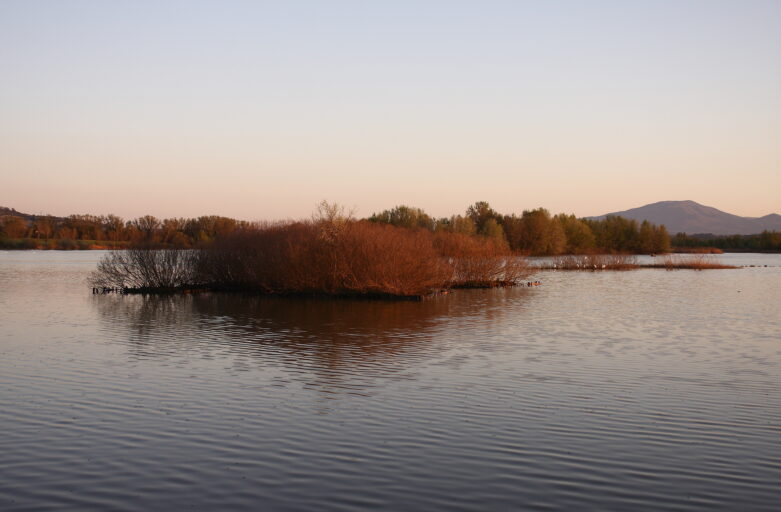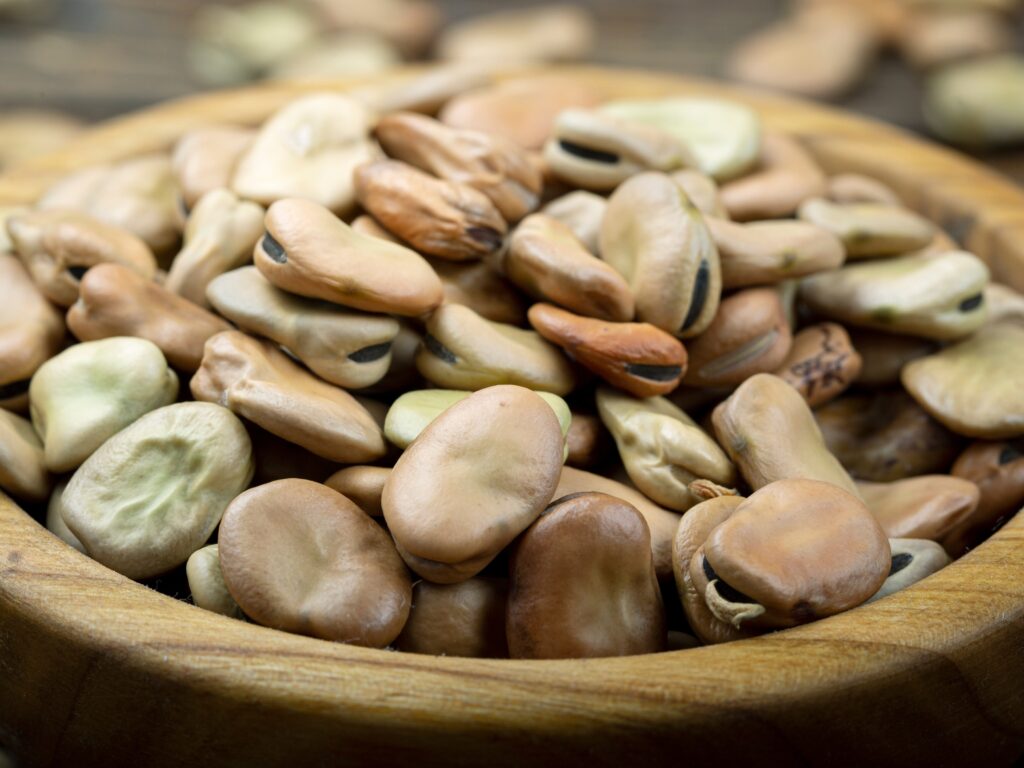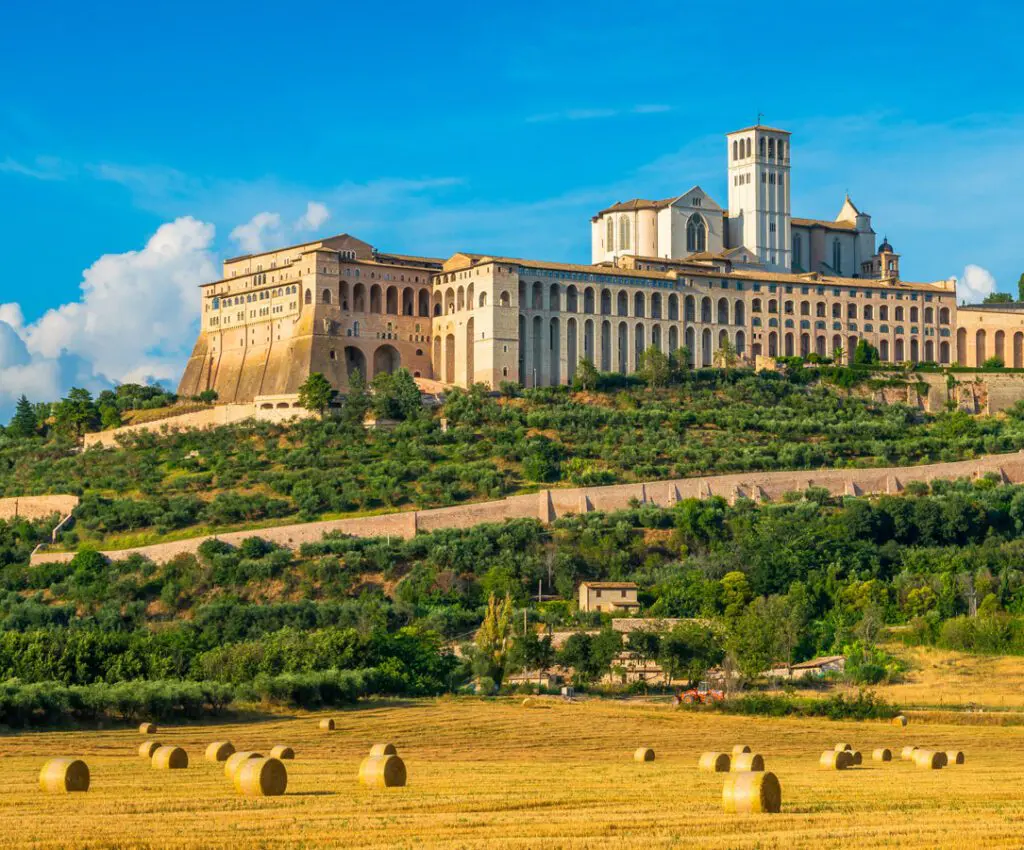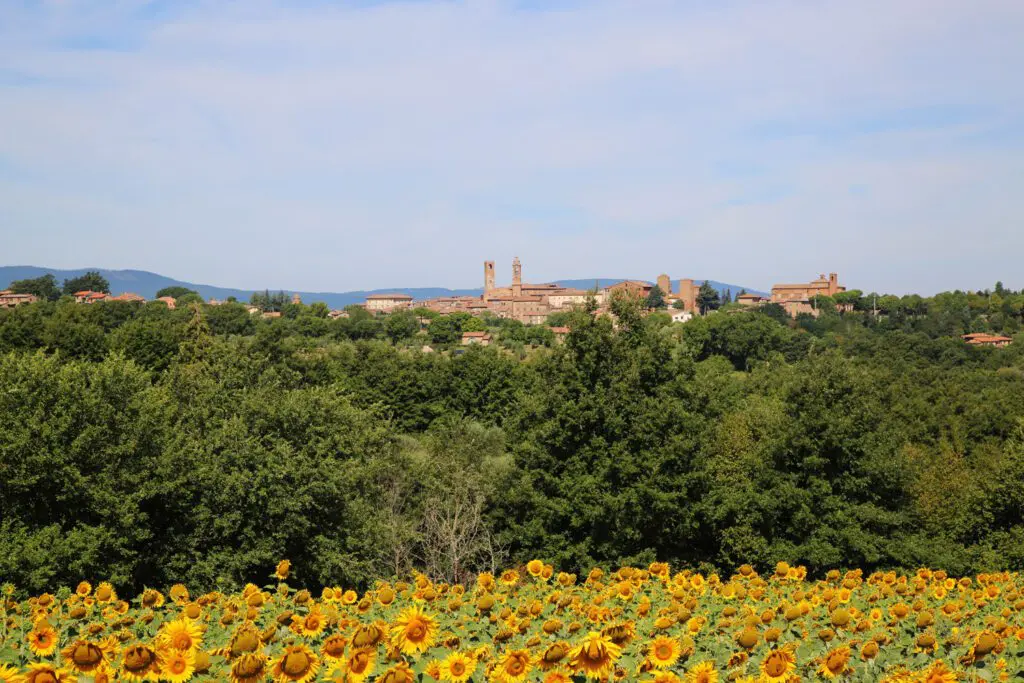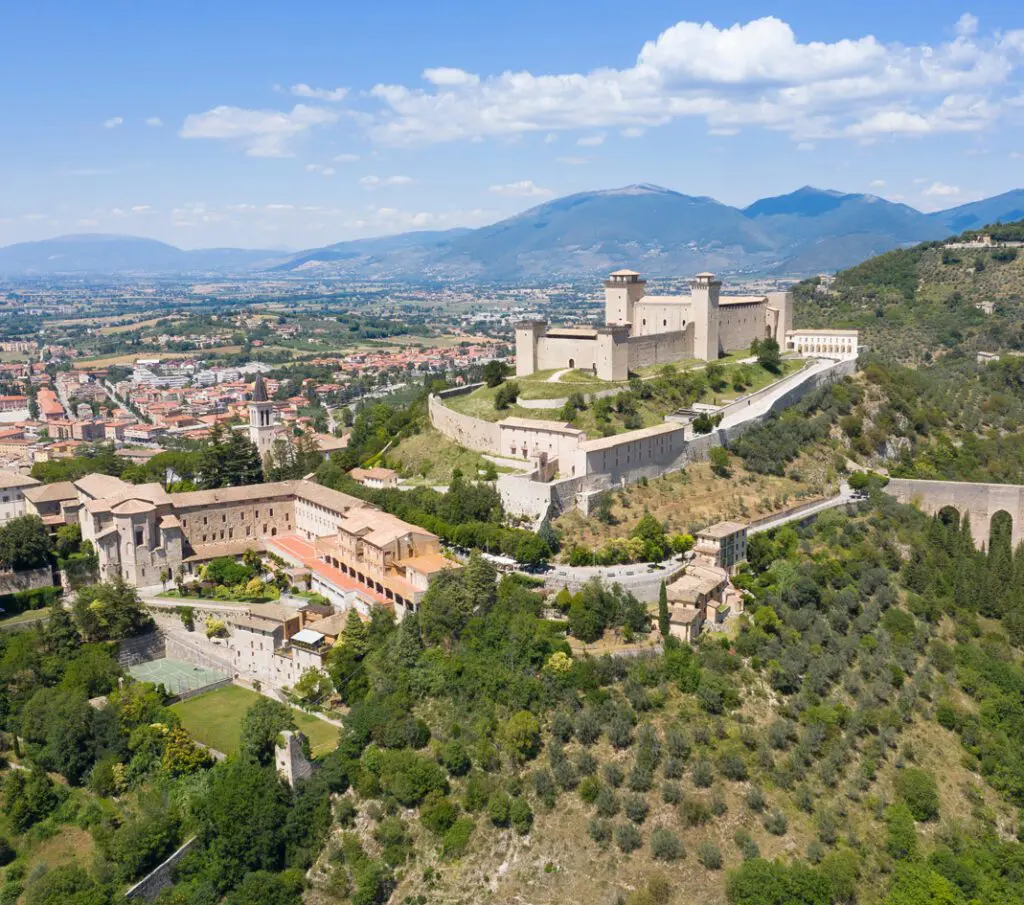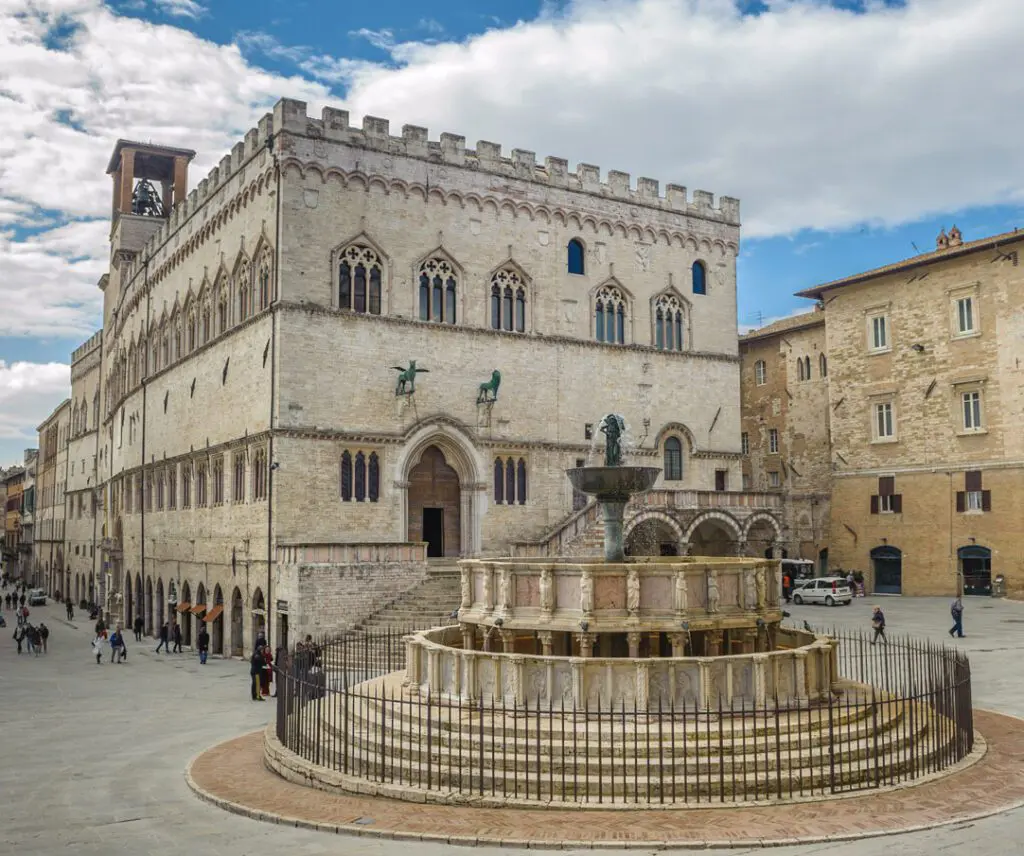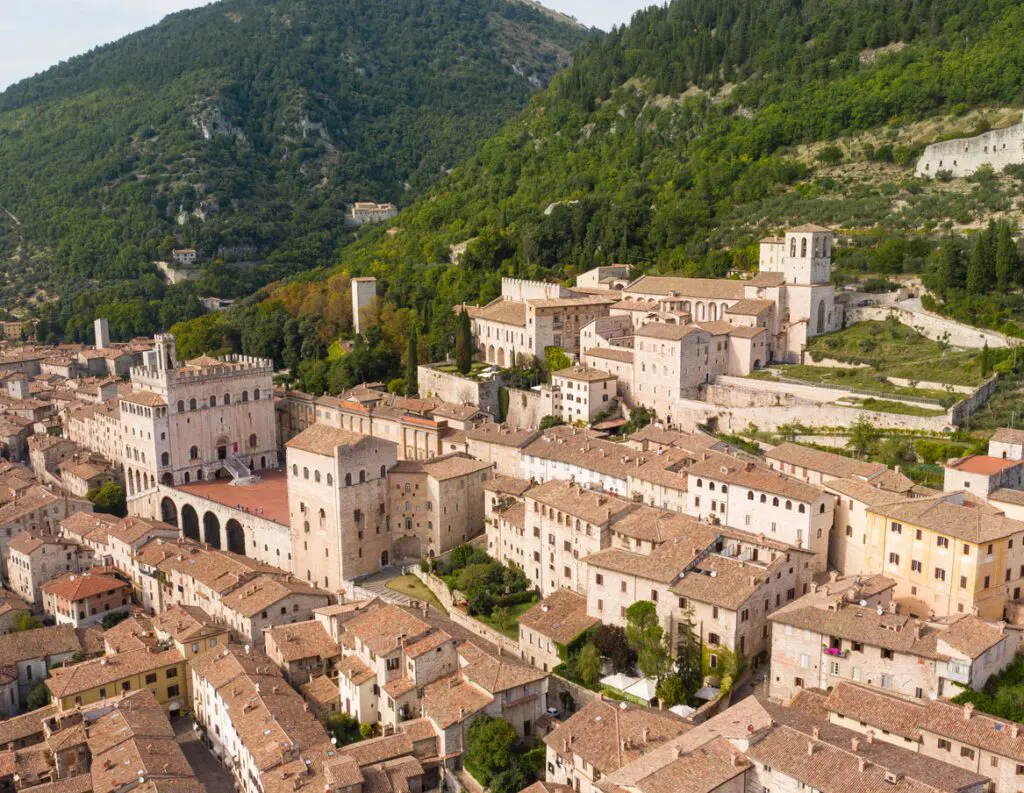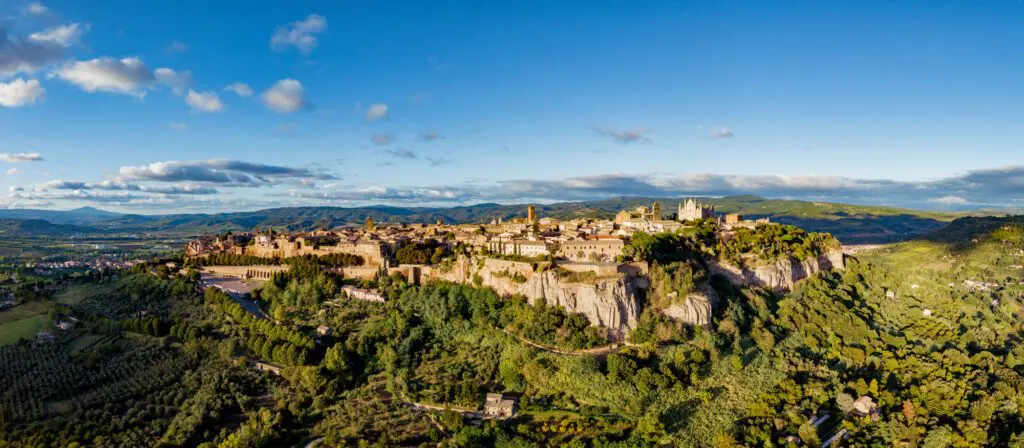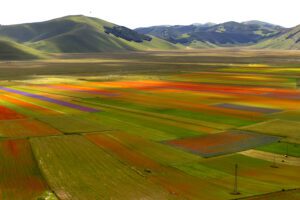Lake Alviano is located in the province of Terni; it touches the Umbrian municipalities of Guardea, Monticchio, and Alviano (from which it takes its name), as well as the municipality of Civitella d'Agliano in the area of Viterbo (Lazio).
A recently formed lake
Lake Alviano was formed in 1963 following the creation of an artificial dam of the Tiber River to feed the power station of Alviano. The entire area occupies a space of about 900 hectares (300 hectares of woodland and 500 hectares correspond to the surface of the lake) and is part of the Tiber River Park together with Lake Corbara.
The Alviano Oasis
Due to its position along the river, this lake and the surrounding area have attracted many species of migratory birds over the years. Many species come from northern Europe to nest in this area or for a short stopover on their way to warmer countries. Among them, there are red and white herons, mallards, moorhens, cormorants, cranes, wild geese, and ospreys.
In the lake waters live permanently frogs and toads of various species, as well as newts and water snakes, among the major predators of the marsh The oasis is also characterised by the presence of many aquatic plants, such as the cattail, reed, sedge, water lentil and bulrush, while black alders, willows and poplars grow on its banks.
Considering the great variety of flora and fauna that characterises this area, a 1978 law of the Umbria Region banned the hunting of animal species within it and thus was established the WWF Oasis of Alviano.
Nature paths and birdwatching stations
Two paths, the Sentiero Vecchio (Old Path) and the Sentiero Natura Principale (Main Nature Path), make it possible to enter the banks of the lake and the marsh and stop at observation points for birdwatching and nature photography. There is also a small laboratory in the forest with microscopes, cameras and screens for studying the life of the marsh, as well as a small didactic pond.
Vivi l’Umbria insieme ai suoi protagonisti
Percorsi ed esperienze da scoprire per un’immersione nella cultura, nella natura e nei sapori umbri
